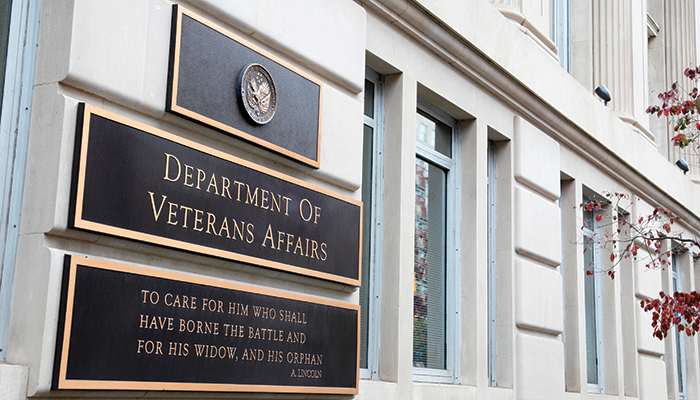
When Barack Obama’s administration set about implementing Obamacare in 2013, a combination of high demand and technical glitches overwhelmed the online system.
The White House responded with statements to show problems were being fixed.
“We have a much more stable system that is reliably open for business,” was the main message.
In evidence, they said healthcare.gov had processed 18,000 insurance enrolments during the most recent 24-hour period, nearly double the previous record and that it was now available 95% of the time, up from 43%.
A “new feature” was brought in, where locked-out visitors could provide their email addresses so they could be told when the system was available.
The critics of Obamacare revelled in the difficulties, but its supporters were furious that this contentious flagship policy had been undermined by poor IT implementation.
They pointed out that Amazon could process more than 26 million orders within 24 hours and even the most basic e-commerce site would go under if it had to email users to say when it was open.
‘The US government had been undertaking large technology projects for much longer than Amazon, plus very high-capacity cloud services of the type used by the retailer were widely available.’
The US government had been undertaking large technology projects for much longer than Amazon, plus very high-capacity cloud services of the type used by the retailer were widely available.
The conclusion was that US government computing was stuck in the late 1990s, with low expectations and outdated technologies.
Obama responded by bringing in experts from the big technology companies to fix the Obamacare system and establishing a US Digital Service (USDS), with the task of “transforming how the federal government works for the American people, digitally”.
Or, as it now says on its website: “Building a more awesome government through technology.”
All USDS workers are recruited for limited periods or “tours of duty”.
The aim is to keep the service fresh, bringing in new ideas and techniques while keeping strong links with the technology sector and maintaining a can-do, adaptable culture.
It seeks to recruit engineers, designers and “bureaucracy busters” who are “committed to untangling, rewiring, and redesigning government”.
Examples of USDS’s work include Vets.gov, where it has been bringing together services and benefits for military veterans in one portal.
The Department of Veterans Affairs (VA) has 632 applications, many critical and connected, using multiple technologies, some of which are 40 years old.
The VA estimates it can save $100m over 10 years by streamlining the technology and moving to the cloud.
Another example is Hack the Pentagon, which makes “bounty payments” to people who identify security weaknesses and vulnerabilities in systems used by the Department of Defense.
In its early days, the USDS drew on the experiences of the UK’s digital service, and Obama and David Cameron agreed to collaborate more on technology.
The UK might now learn from the US.
The USDS has, for example, done a lot of work on digital immigration systems that might prove useful after Brexit and comparisons could be made between Obamacare and universal credit implementation.
Will Theresa May and Donald Trump share the same enthusiasm for digital cooperation?




















